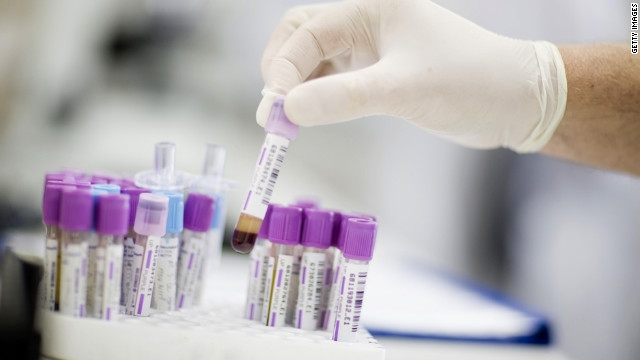
Not only was the test more effective than scientists originally thought, the study determined that the net benefit is even better for Black men than for the general population.
One death was prevented for every 11 to 14 men of all races diagnosed with cancer, the study says. Among Black men, the test prevented 1 death for every 8 to 12 men diagnosed and 1 death for every 5 to 9 men treated for prostate cancer.
Previous studies found that the tests prevented 1 death for every 23 men diagnosed, and that resulted in overtreatment.
Black men have nearly double the risk of prostate cancer death than the general population. They also get prostate cancer more often. But Black men have been historically underrepresented in clinical trials that look at the success rate of tests and other diagnostic tools.
“These data should prompt policymakers to reconsider the utility of PSA based prostate cancer screening, particularly for Black men,” the study concluded. “The potential for overdiagnosis and overtreatment remains, although these harms may be mitigated by contemporary protocols for triaging men before biopsy and active surveillance for men with low-risk disease.”
The study is partially funded by the Bristol Myers Squibb Foundation, which has prostate cancer drugs in development.
However, Dahut noted that a few practices are a little different now than when these records were collected. Doctors can also screen for prostate cancer with an MRI, for example, and a cancer diagnosis does not lead to treatment as often.
This used to be called “watchful waiting,” but Dahut said it’s actually more active than it sounds.
“This study should actually encourage more folks to be screened,” Dahut said. “These days, you have a lot more ability to make a more nuanced and thoughtful decision with your doctor about whether you will be treated or not for prostate cancer.
“Ultimately,” he added, “what this means is, if you find the disease and you treat it appropriately, outcomes can actually be impacted in a significant and positive way.”

